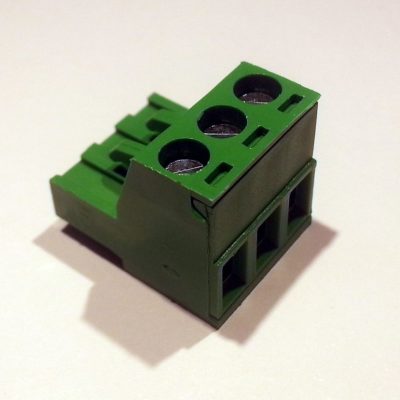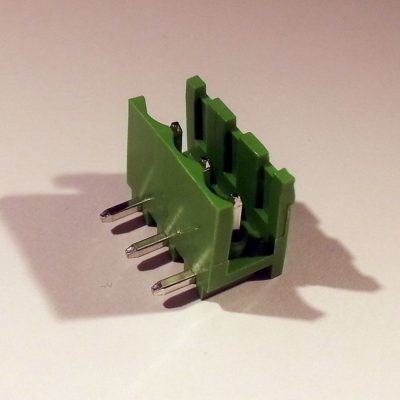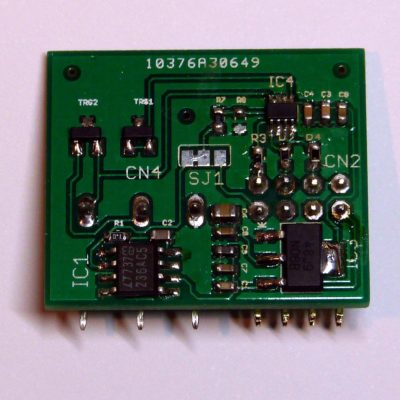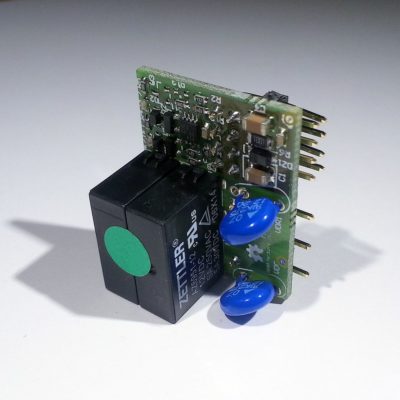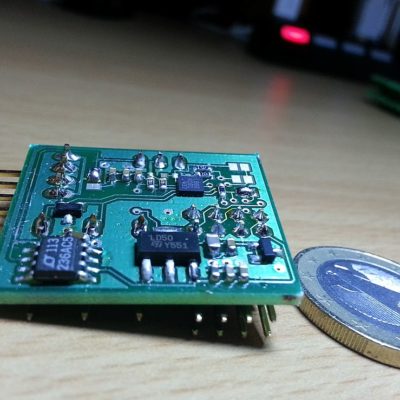To quickly get an idea of what is Archiduino, what can it do for you and how it can improve your life, we think the best way is a list of FAQ (frequently asked questions) and related answers. Our FAQs are presented as a dialogue, as if you were here talking to us. To expert people’s eyes, some of them may look a little basic but – hey – we do believe that everyone has the right to learn.
What is Archiduino?
Archiduino is an universal modular controller. It means that if you have anything electrically driven, you can acquire its data and control it with Archiduino.
How can I program it?
Archiduino is 100% software compatible with Arduino. It mounts the same Atmel processor ATMega32U4 of Arduino Leonardo. In fact, you get the USB cable, connect it from PC to Archiduino and open Arduino IDE. Then, in Tools menu, set the Arduino type as Arduino Leonardo, giving it the right communication port and… voila, you’re ready to go.
Are you saying that I can load any Arduino sketch into Archiduino?
Yes, of course. Taking care of the MCU compatibility.
Has the Arduino sketch to be modified in order to run on Archiduino?
Just a little. The port addressing and the pin names are different because Archiduino has a particular output mapping. But there are no difficulties doing it: on this site you can find all the mapping tables you need. Also the code examples can help you, even more than thousand words.
Give me an example…
An Archiduino code like this:
digitalWrite(M7A, LOW);is equivalent to an Arduino code as follow:
digitalWrite(A3, LOW);The pins_archiduino.h library makes the magic and routes your signals between processor and I/O modules (hence the prefix M). With the code above we said to the CPU that a LOW status must be written on the A channel of Module 7. So the dual relay SnipCard we put in the socket of module n. 7 receive our command on channel A. If we need to operate on the second relay, we just change the channel to M7B.
Is Archiduino reliable and enough electrically protected, in order to be used in critical environments?
Assuming that it is a product made to work at very low voltage environments (12 Vcc supply, 36 Vcc max for relay contacts), we designed Archiduino with specific care to avoid dangerous voltage surges and spikes. The same design of the SnipCards is engineered to avoid the direct connection to MCU pins (contrary to what happens on most common platforms like Arduino and so on). In our boards we have put a plenty of varistors, transil diodes and inductance filters in order to minimize common risks of blazing the digital components and turn in ashes all the work just done.
So, Archiduino could be considered as indestructible?
We don’t have yet been overwhelmed by the Titanic syndrome. Archiduino is more robust and sturdy than the majority of similar platforms currently available on the market. That’s the truth. Obviously, if you apply mains voltage on digital pins, nothing could protect it (hint: DON’T TRY IT). Even if you put it under a 20 tons hydraulic press, or if you throw it in the water when powered on. It’s an electronic device, it should be treated with typical care that this kind of devices deserves. Not only for this reason it must be used exclusively:
- after reading the user’s manuals of each component and SnipCard;
- according to safety instructions;
- according to the disclaimer.
What if I try to use it in a challenging industrial environment?
Archiduino is born with same technology of his older brother, Archimede, which is currently used in a wide range of environments. Both are EMC certified according to EN 61326-1:2013 class A requirements, then we say: yes, you can use it in an industrial environment, according to the disclaimer.
What do I do if I need to use Archiduino in critical environments?
If you need to use it in kinda critical applications, feel free to contact us: we’ll be glad to give you every advice or information you need about.
Okay, that’s great, but: is Archiduino *too industrial* to be used for hobby purposes?
Oh, man. No! Archiduino is born to be a reliable playfellow for everybody playing in the range from “rookie player” to “Tenth-Dan master of electronics”. It uses the familiar Arduino language, easy and commonly known, and the easiest I/O logic of the Arduino environment in order to meet the hobbyist needs. But, at same time, it’s strong and well armored to be applied on such battle field like industrial environments. In other words: USE IT everywhere you want, it’s great, it’s reliable, it’s sturdy and easy to use. What else, guy?

